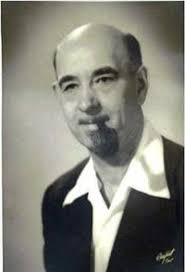With thanks to Gregory VanWyngarden who discovered this artist and posted the information and image on the Facebook Group Artists of the First World War.
John MacGilchrist was born on 12th July 1893 in Stirling, Scotland He studied architectural drawing and painted initially mainly Scottish castles.
In 1913, John travelled to the United States of America to complete his degree in architecture at Carnegie Tech in Pittsburgh.
John MacGilchrist became a prominent American aviation artist and he enlisted and served during World War I as a Balloon Observer for the British Royal Flying Corps.
Despite having been shot down four times, John survived over 200 hours of balloon observation and chronicled images of the war. He painted watercolor scenes of balloons and aircraft during his service at the front.
After the war, John returned to the USA to pursue his profession as an architect in Philadelphia and New York. In 1926, however, he left architecture and returned to his romance with planes. His techniques ranged from etchings and lithographs to watercolors and oil paintings. In the 1932 Olympics, John MacGilchrist entered three etchings in the graphics section of the Olympic Art Competitions.
After falling into obscurity during the Great Depression John's career ended and his work was only re-discovered after his death.
John MacGilchrist died in May 1977 in Coronado, California, USA.
Here is his 1917 painting of a balloon crew hauling their gasbag down in "A STORM."
Sources: Wikipedia,
https://www.facebook.com/groups/385353788875799 14th June 2025



